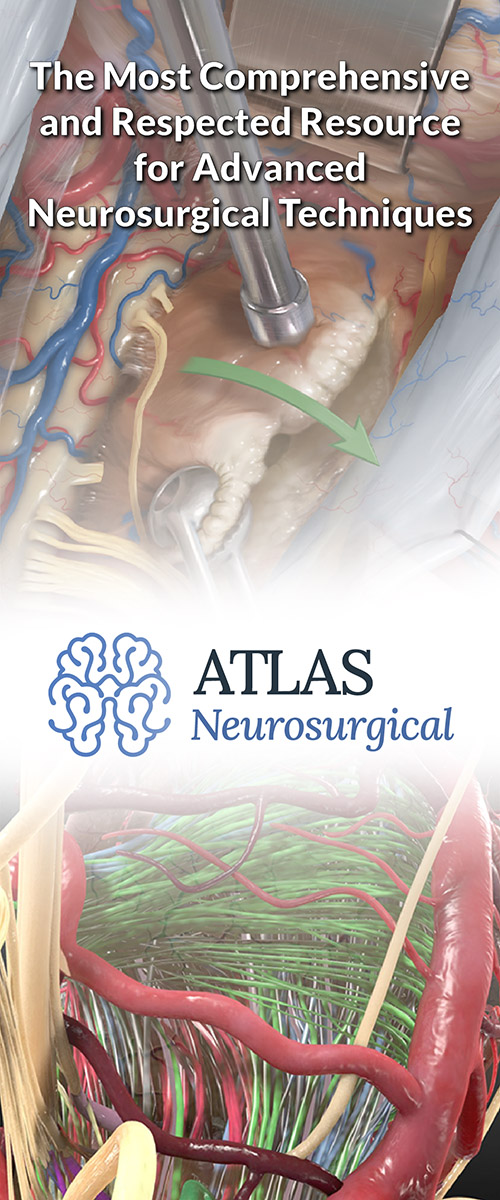Treatment of Pineoblastoma
Pineoblastoma is a rare, aggressive brain tumor that primarily affects children, though it can also occur in adults. Given its rapid growth and potential to spread within the brain and spinal cord, prompt and effective treatment is essential.
Treatment for pineoblastoma often involves a combination of surgery, radiation therapy, and chemotherapy, designed to meet the specific needs of each patient. This article will explain the available treatment options, their goals, and how they work together to improve the outlook and survival rate for individuals diagnosed with pineoblastoma.
Surgery: The First Step in Treatment
The main goal in treating pineoblastoma is to remove as much of the tumor as possible. Surgery is typically the first step, as it allows doctors to remove a significant portion of the tumor and confirm the diagnosis through a biopsy.
Tumor Resection
The extent of removal depends on factors like tumor size, location, and whether it spread to nearby structures. Complete removal, or gross total resection, is the goal whenever possible, as it can improve the pineoblastoma prognosis. However, it is not always possible to remove the entire tumor safely due to the tumor’s deep location near important structures in the brain.
Why should you have your surgery with Dr. Cohen?
Dr. Cohen
- 7,000+ specialized surgeries performed by your chosen surgeon
- More personalized care
- Extensive experience = higher success rate and quicker recovery times
Major Health Centers
- No control over choosing the surgeon caring for you
- One-size-fits-all care
- Less specialization
For more reasons, please click here.
Minimally Invasive Techniques
Advances in neurosurgery, including endoscopy and image-guided surgery, have made it easier to reach difficult tumors like pineoblastoma. These technologies help surgeons to remove as much of the tumor as possible with greater precision.
Radiation Therapy
After surgery, radiation therapy is often used to target any remaining cancer cells that couldn’t be removed, especially for tumors in challenging locations. These are the most common radiation therapy modalities:
External Beam Radiation: This is the most common approach for treating pineoblastoma, which uses high-energy rays directed at the tumor site. It helps destroy cancer cells while reducing damage to surrounding healthy tissue, and can also be used to treat areas where the tumor has spread.
Proton Beam Therapy: This is an advanced form of radiation that allows for more precise targeting, reducing the risk of side effects. This can be particularly beneficial for treating tumors in children, as it helps protect healthy, developing brain tissue.
Chemotherapy for Pineoblastoma
Chemotherapy is often combined with surgery and radiation therapy to treat pineoblastoma. It uses powerful drugs to kill cancer cells and prevent their growth.
Drugs utilized in chemotherapy can include:
- Cisplatin
- Cyclophosphamide
- Temozolomide
- Etoposide
- Vincristine
Chemotherapy may be used before and/or after radiation therapy. Chemotherapy is sometimes used to delay radiation in very young children to mitigate the long-term cognitive side effects.
- Combination Chemotherapy: Patients may receive a mix of chemotherapy drugs during or after radiation therapy. The goal is to boost the overall effectiveness of treatment, especially in cases where the tumor has spread or shows resistance to other therapies.
- High-Dose Chemotherapy with Stem Cell Rescue: Doctors may use high-dose chemotherapy with a stem cell transplant to treat the tumor aggressively. This approach allows for higher chemotherapy doses, with the patient’s own stem cells reintroduced afterward to aid bone marrow recovery.
Clinical Trials and Experimental Treatments
For rare and challenging cancers like pineoblastoma, ongoing research is essential to expand treatment options. Clinical trials may offer access to new or experimental treatments that look promising in early studies but are not yet widely available.
Participating in a trial could be an option for patients seeking to explore additional options, especially whose tumors do not respond well to standard therapies. Researchers are actively studying new drugs, immunotherapies, and targeted therapies that may improve pineoblastoma survival rate and life expectancy.
Families and caregivers should discuss the possibility of clinical trials with their healthcare team to determine if this could be a suitable option. More information regarding clinical trials for pineoblastoma treatment can be found here.
Palliative Care and Supportive Treatments
Given the aggressive nature of pineoblastoma, treatment focuses not only on the tumor but also on managing symptoms and maintaining quality of life. Palliative care offers essential support in helping patients manage pain, treatment side effects, and emotional challenges.
- Symptom Management: Treatment can cause symptoms like headaches, nausea, fatigue, and cognitive issues. Palliative care aims to relieve these symptoms, helping patients focus on recovery and daily life.
- Emotional and Psychological Support: Being diagnosed with a pineoblastoma brain tumor can be overwhelming. Counseling and support groups can provide valuable outlets to help families and individuals cope with the emotional and psychological impact of this condition.
Factors Affecting Treatment Success
Successful treatment depends on factors including the tumor’s size and location, whether it has spread, and the patient’s age and overall health. Early detection and a comprehensive treatment plan can improve the chances of a positive outcome.
However, because pineoblastomas are aggressive, the prognosis can still be uncertain and long-term follow-up care is often needed to monitor for recurrence.
Each patient’s journey is unique and ongoing support helps those affected navigate every stage of recovery and beyond. Managing treatment for pineoblastoma can be complex, but with the right support, patients and caregivers can make informed decisions alongside their healthcare team.
Key Takeaways
- Treatment for pineoblastoma typically involves a combination of surgery, radiation therapy, and chemotherapy. Each approach has a unique role in removing or controlling the tumor.
- Advances in surgical and radiation techniques, such as minimally invasive surgery and proton therapy, can help improve outcomes and reduce side effects.
- Participation in clinical trials may provide access to new, innovative treatments that are still being researched.
- Palliative care is an important part of the overall treatment plan, focusing on symptom management and quality of life.
- Early diagnosis and a comprehensive treatment strategy are key to improving the pineoblastoma prognosis and increasing pineoblastoma life expectancy.




